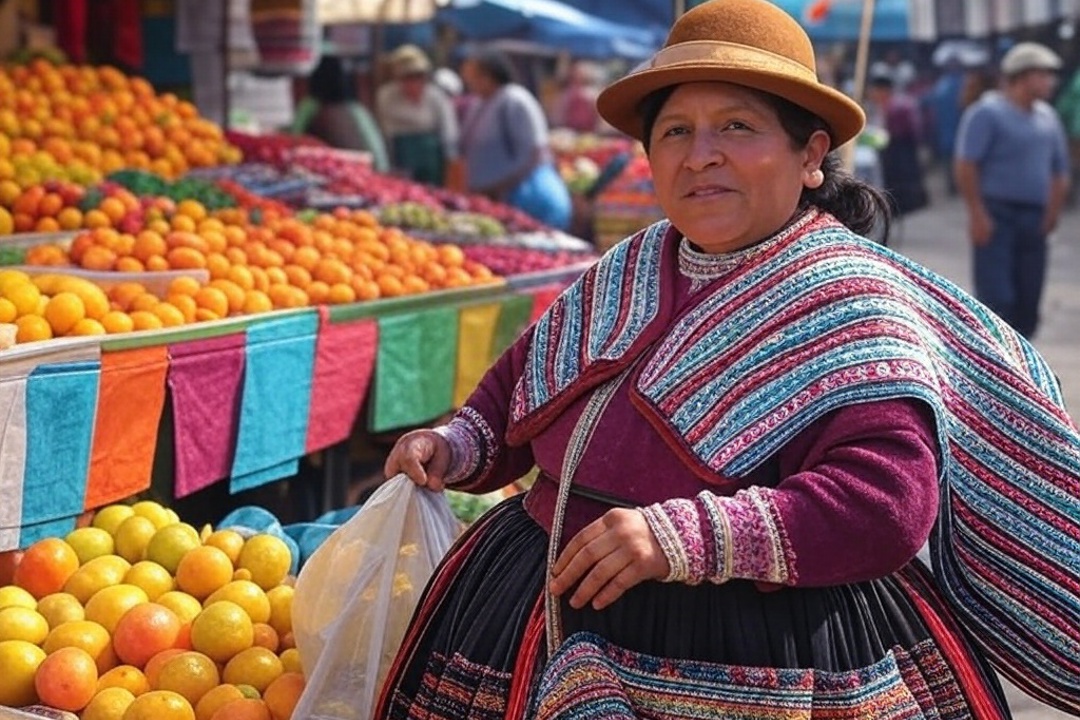
Can a seemingly good idea keep the very poor it claims to serve stuck in poverty?
1. What exactly is “socialism”?
The Dictionary of the Spanish Language defines it as “a social and economic system based on collective or state ownership and administration of the means of production and the distribution of goods.”
The left is broader: it groups values such as equality and collective rights. Under that umbrella you can find social-democracy (regulated markets + a strong welfare state) and planned socialism (collective ownership, elimination of private profit).
The theoretical promise
-
Collective ownership ⇒ production decisions made by all.
-
Central planning ⇒ resources allocated without “wasteful competition.”
-
Substantive equality ⇒ health, education, and wellbeing guaranteed to all.
2. Micro scale: the MONDRAGON cooperative group (Basque Country, Spain)
| 2023 indicator | Value |
|---|---|
| Cooperatives | 92 |
| Employees | 70,500 |
| Sales | €11.1 bn |
| EBITDA | €1.49 bn |
Source: MONDRAGON annual report 2023
Strengths
-
Workers hold voting power in key decisions.
-
Diversified structure (finance, industry, retail, knowledge) provides resilience.
Weaknesses
-
Professionalised management sometimes feels detached from the worker-owners.
-
Hard to replicate the model outside the Basque Country; it needs very specific legal frameworks and human capital.
Take-away: collective ownership works in bounded environments with high-level management; scaling it is expensive.
3. Meso scale: Chapare coca-growers’ federations (Bolivia)
-
Each member holds a private 1,600 m² plot; what is “collective” is the union that coordinates coca production and, above all, political action.
-
During the 2024 roadblocks several mid-level leaders — including Humberto Claros — went to jail; in leaked audio he complains that top leaders did nothing to free them .
-
Lack of infrastructure, productive diversification, and institutions means household income hinges almost exclusively on the coca leaf.
Take-away: when a social organisation doubles as a political vehicle, benefits tend to concentrate at the top while the base stays vulnerable.
4. Macro scale: states that call themselves socialist
| Country | Positive indicator | Critical indicator |
|---|---|---|
| Cuba | Life expectancy 77.8 yrs (WHO) | GDP pc US$ 9,605 (2020) and chronic shortages |
| Venezuela | Inflation down to 48 % y/y in 2024, lowest in 12 yrs | Long recession, minimum wage < US$ 50, continued mass emigration |
| Nicaragua | Poverty (US$ 3.65 line) fell to 13.3 % in 2022 | 2nd-poorest country in Latin America and represses dissent |
Common pattern
-
Some social gains (health, literacy).
-
Centralised economies yield shortages or low growth.
-
Power concentrates; criticism is penalised.
5. The liberal contrast: market economies with minimal state intervention
5.1 Chile
-
Extreme poverty (US$ 2.15 line) ≈ 0.4 % in 2023
-
GDP pc US$ 16,554 (2021)
-
Open market, heavy trade integration, clear property rights.
5.2 Estonia
-
GDP pc US$ 30,133 (2023)
-
Economic Freedom Index 78.9/100 (8th worldwide, 2025)
-
Massive digitalisation of public services and e-Residency that attracts investment.
Take-away: where property rights are protected, competition is open, and the state limits itself to regulation, average prosperity rises and extreme poverty all but disappears, though income inequality remains a challenge.
6. Side-by-side snapshot
| Criterion | Central-planning socialism | Economic liberalism |
|---|---|---|
| Ownership of means | Collective / state | Private |
| Resource allocation | Central plan | Market & prices |
| Stated goal | Equality of outcomes | Individual freedom |
| Main risk | Political concentration | Income inequality |
| Observed result | Partial social progress but low growth & curbed liberties | High growth & near-zero extreme poverty, with distribution issues |
7. Three findings to ponder
-
Scale matters: what is workable inside a cooperative becomes complex at country level; democratic checks often erode.
-
Institutions > ideology: outcomes depend more on strong institutions (separation of powers, transparency, competition) than on the “socialist” or “liberal” label.
-
People first: material wellbeing should outrank ideological permanence; when doctrine becomes an end in itself, the poor are usually left standing still.
8. A question for readers
Do you know of cases where collective ownership improved lives without sacrificing freedoms, or liberal economies that managed to rein in inequality?